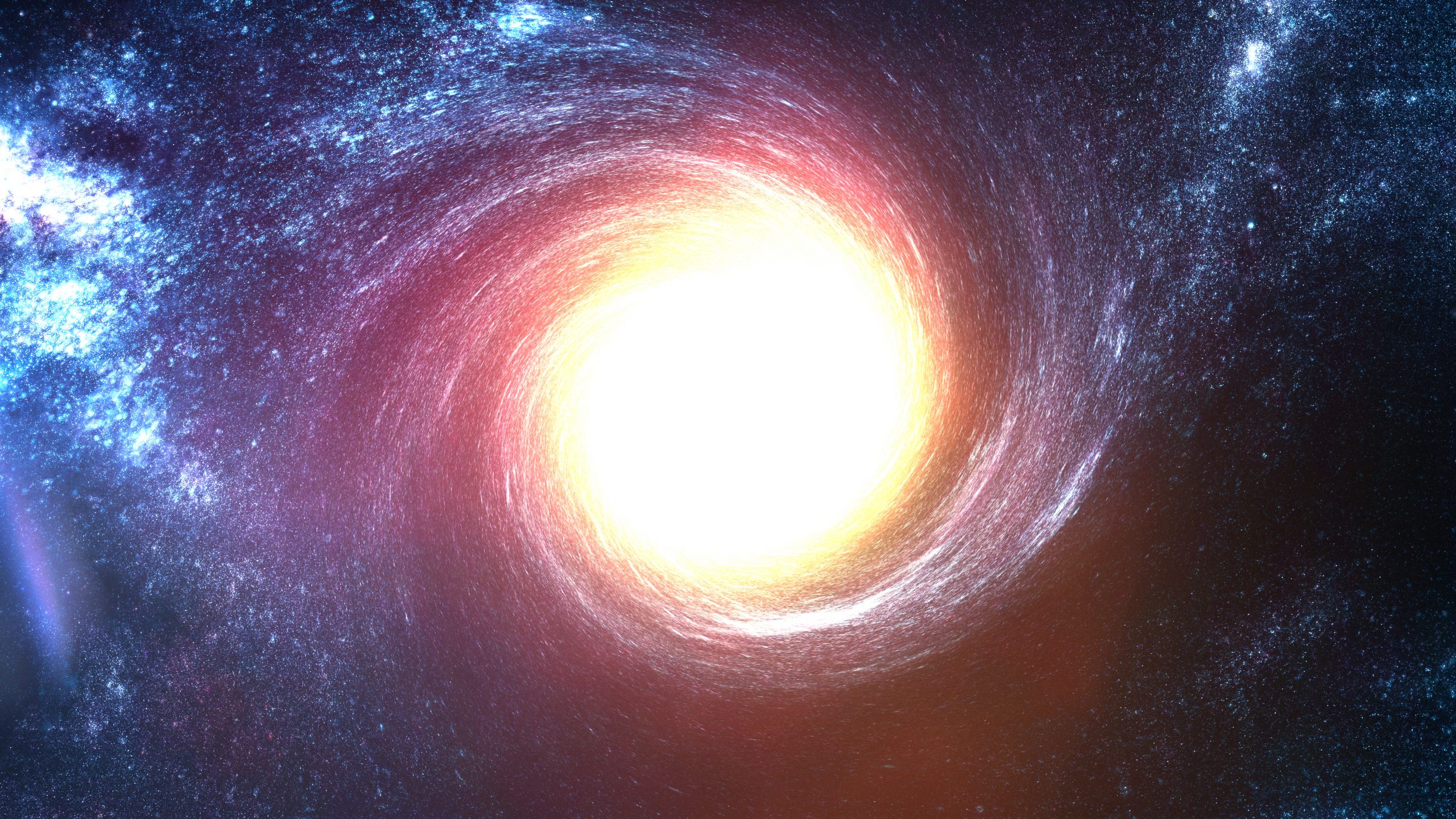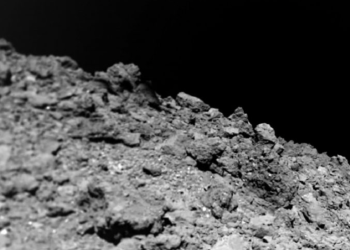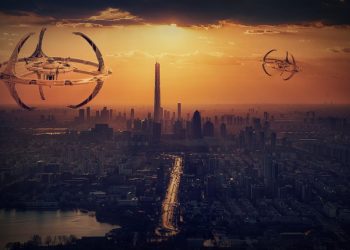A surprising discovery by a U.S. scientist has sparked new debate in the astronomy world: Could our entire universe be located inside an unimaginably massive black hole?
That question might sound like science fiction, but new data from the James Webb Space Telescope (JWST) is giving researchers a reason to consider the unthinkable. And at the center of it is a curious observation—most galaxies don’t seem to be spinning in random directions.
Lior Shamir, a physics professor at Kansas State University, recently studied the shape and spin of 263 galaxies using deep-space images from JWST’s JADES (James Webb Space Telescope Advanced Deep Extragalactic Survey) project. What he found defies expectation.
Nearly two-thirds of those galaxies appear to rotate in the opposite direction of the Milky Way. That’s a huge imbalance. If the universe were truly random, you’d expect about a 50/50 split in spin direction. This unexpected trend challenges our understanding of how the universe evolved—and it may even hint at something far bigger going on.
A Twisting Universe?
Shamir’s previous studies using Earth-based telescopes hinted at a similar pattern. The farther away galaxies are (meaning the further back in time we look), the more often they appear to rotate in the same direction.
That might suggest the early universe had more order than we thought—and that over time, it became more chaotic.
But what if the universe wasn’t random to begin with? What if it was following a larger, cosmic spin?
That’s where black hole cosmology comes in—a bold idea that the universe itself could be located within a rotating black hole. In this theory, the rotation of the black hole defines the structure of space itself, influencing how galaxies spin and giving the universe a kind of built-in direction.
If that’s true, then the strange rotation patterns we see might not be random at all—they could be echoes of that greater cosmic rotation.
Limitations and Another Possibility
As thrilling as the theory sounds, Shamir remains cautious. Some galaxies in the JWST data weren’t clear enough to determine spin direction. Including those could potentially change the results.
And there’s another possible explanation: maybe the imbalance in galaxy rotation is just an illusion caused by our perspective from Earth.
“If the observation shown here indeed reflects the structure of the universe, it shows that the early universe was more homogeneous in terms of the directions towards which galaxies rotate, and becomes more chaotic over time,” Shamir noted in his study, recently published in Monthly Notices of the Royal Astronomical Society.
If the universe really is inside a massive black hole, many of our assumptions about space, time, and the origin of everything would need to be rewritten. It could explain why we don’t see a perfect balance in the cosmos—and raise even bigger questions about what lies beyond. For now, it’s just a theory. But the data suggests we still have much to learn about the universe’s early structure—and possibly about the strange cosmic forces that shaped it.











